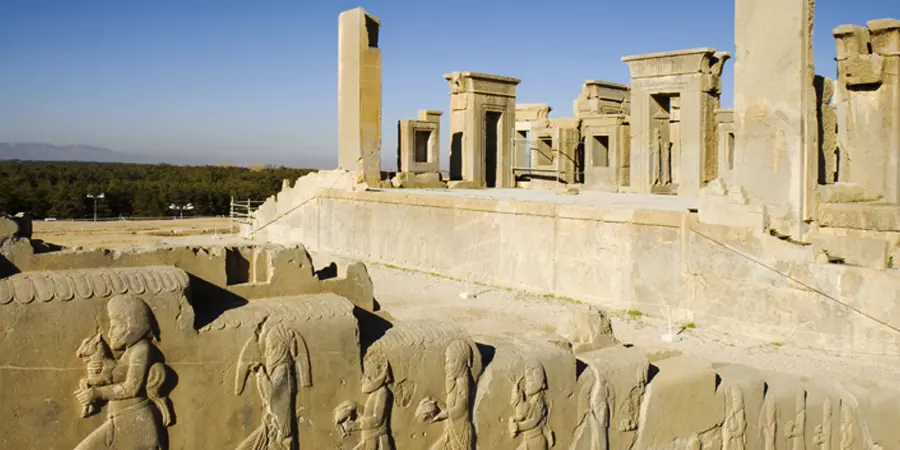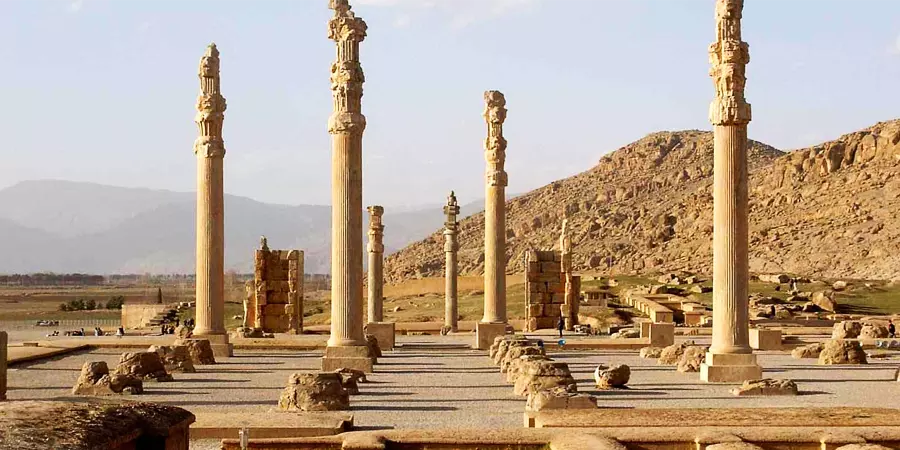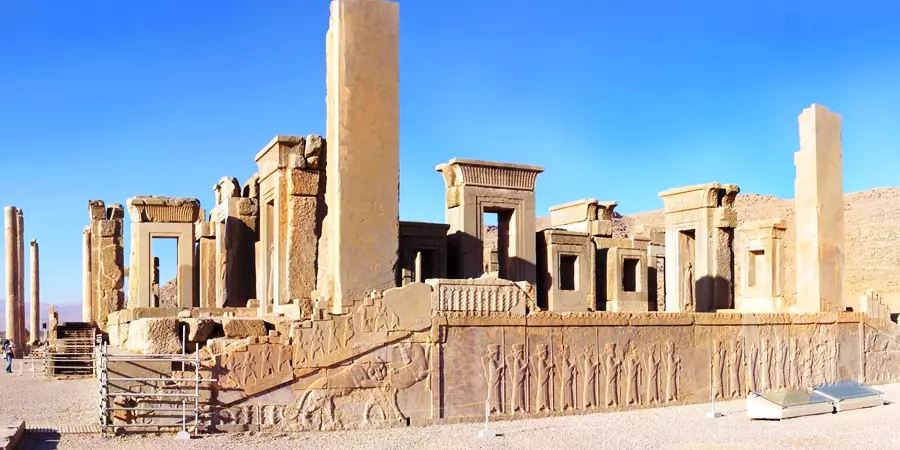In the realm of architectural wonders, Apadana stands as an epitome of grandeur and innovation. This article delves into the fascinating history, design, and significance of Apadana, offering readers a journey through time into the heart of ancient architectural brilliance in shiraz tour.
Unveiling Apadana: A Historical Perspective
The Origins and Purpose
a term rooted in Persian architecture, refers to an audience hall or a grand ceremonial complex. It was a distinctive feature of the Achaemenid Empire, primarily during the reign of Darius the Great and his successors.
Architectural Marvel
Apadana structures were renowned for their architectural splendor. The halls were characterized by immense columns, intricate carvings, and opulent decorations, showcasing the wealth and power of the empire.

Design and Features
The Iconic Staircases
A defining element of Apadana was its majestic staircases. These staircases, often flanked by sculptures and reliefs, led to the elevated platform where the main audience hall stood.
The Forest of Columns
The central hall was surrounded by an awe-inspiring “forest” of columns. These columns were not merely structural elements but artistic masterpieces adorned with intricate designs.
Intricate Bas-Reliefs
Apadana’s walls were adorned with intricate bas-reliefs depicting scenes from royal life, battles, and cultural activities. These carvings provided insights into the cultural and historical context of the era.
Significance and Legacy
Symbol of Authority
Apadana symbolized the might and authority of the Persian kings. It served as a venue for hosting dignitaries, holding ceremonies, and showcasing the empire’s grandeur.
Cultural Reflection
The bas-reliefs and decorations on Apadana’s walls offered a window into the culture, beliefs, and achievements of the Achaemenid Empire. They showcased the diverse facets of society, from soldiers to musicians.

Rediscovery and Preservation
Archaeological Exploration
Apadana’s ruins were discovered in the modern-day city of Persepolis, Iran. Archaeological efforts have unearthed fragments of its grandeur, helping us reconstruct its once-magnificent appearance.
UNESCO World Heritage Site
Recognizing its historical and cultural significance, Apadana and the surrounding ruins were designated as a UNESCO World Heritage Site, preserving its legacy for future generations.

Conclusion
Apadana stands as a testament to the architectural prowess and cultural richness of the Achaemenid Empire. Its grandeur continues to captivate historians, architects, and enthusiasts alike, serving as a bridge connecting us to an era of opulence and innovation.
We hope you enjoyed reading this article. Dear friends, you can contact the experienced experts of travel2persia to get more information about this historical place as well as Iran tourism tours.
What is this place primary significance?
Apadana served as an audience hall and ceremonial complex, symbolizing the authority and grandeur of the Achaemenid Empire.
What makes Apadana’s columns unique?
columns were not only structural but also artistic, adorned with intricate designs and carvings.
Why are the bas-reliefs on Apadana’s walls significant?
The bas-reliefs provide insights into the cultural, historical, and societal aspects of the Achaemenid Empire.
Why is Apadana important today?
this place legacy continues to inspire architects, historians, and enthusiasts, offering a glimpse into the ancient world’s architectural marvels.




No comment